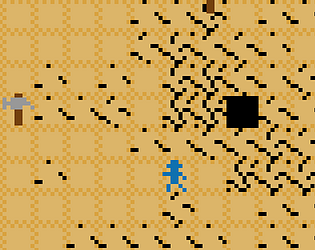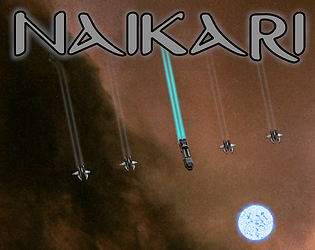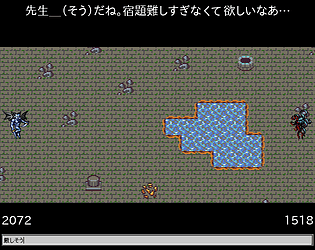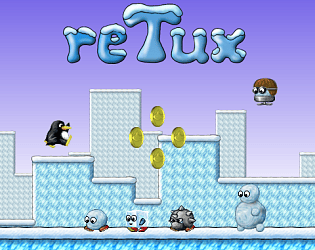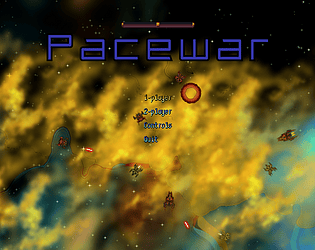Thanks for giving it a try. I’m still working on a complete overhaul to the design aspect of the game, albeit I haven’t made much progress lately because I’ve been focusing on personal things.
Previously, most of the changes I focused on were to do with quality-of-life improvements. Those are still important, but I realized earlier this year that I’m going to need to stop constraining myself to whatever Naev came up with, go back to the roots of why I once thought Naev was an interesting project, and develop things my own way. There’s a design document here if you’re interested:
https://github.com/naikari/naikari/wiki/Design-Document
You mention the map; that’s something that I’ve already completely scrapped on Git and have a plan to redesign from the ground up. I’m planning on a UQM-inspired design of “constellation” clusters, with 4 major regions: the Empire in the center, the Frontier to the west, a mysterious region far north, and the Nebula to the east. I’ll of course be posting the update (0.13.0) here when it’s ready, so feel free to check back when that time comes, if the design I’m working toward now interests you.


